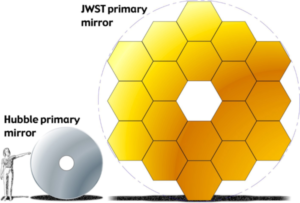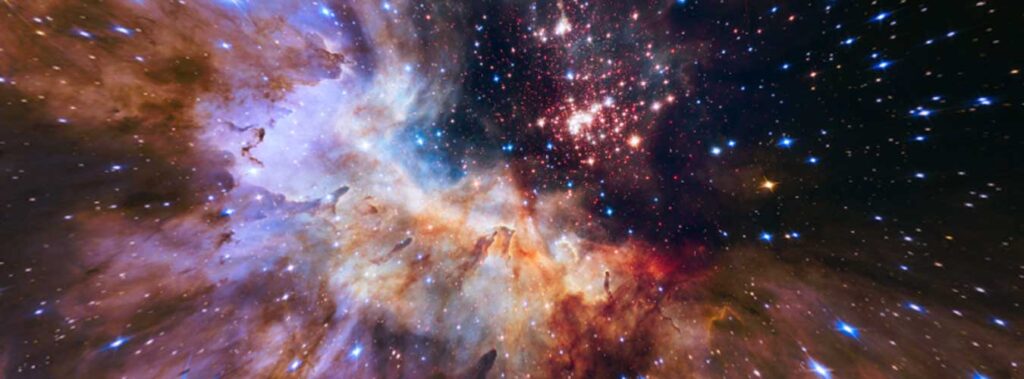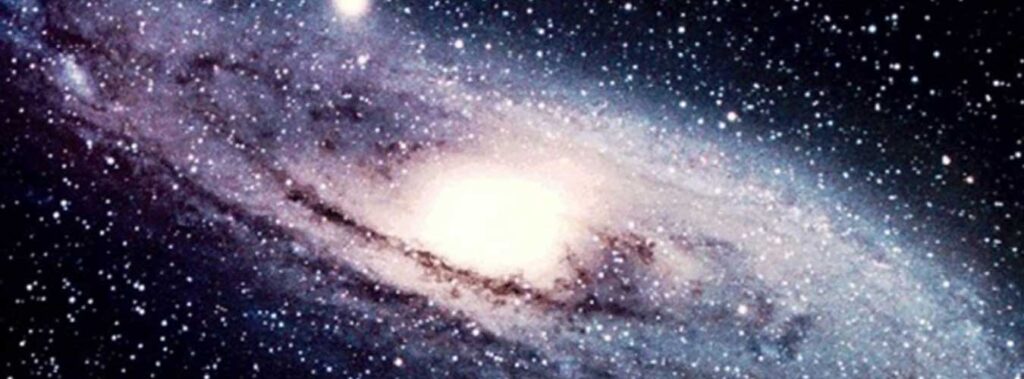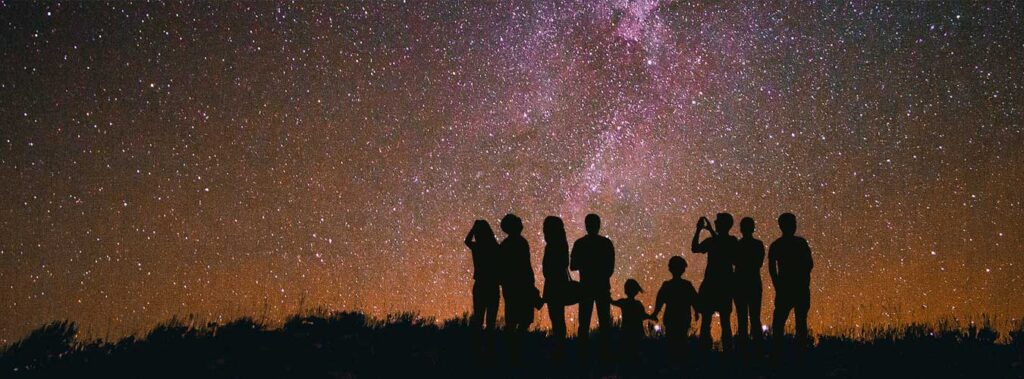Look Up! Mission to Space Board Game

Celebrate the upcoming launch of NASA’s James Webb Space Telescope using a new Toolkit of five interactive activities. This month’s featured activity is Mission to Space Board Game.
Patrons play a board game in which they represent a team of scientists and engineers sending a spacecraft on a mission to space. Assemble the pieces of this tabletop board game to use in library or outreach programs. It includes instructions in English and in Spanish.
- Time to complete: 40 minutes to 1 hour
- Ages: 4 years and up
- Shopping and Preparation List
- Total Cost: Cost of printing cards and board
Fundamental Space Science Concepts – How Mission to Space relates to JWST

NASA science missions require an incredible amount of teamwork and planning, before and after they launch. A team of scientists works with engineers, mission project specialists, artists, budget specialists, and many others to design and prepare the mission and its instruments, along with determining the best way to launch it and deciding where in space this mission would collect the best data for analysis by scientists back on Earth. This game can be used to discuss the roles of the team members, and the steps in all NASA science missions: design, launch, data collection, and data analysis.
Initial plans for the James Webb Space Telescope began in 1995, and continued in stages. The science goals for the James Webb Space Telescope are to gather light at infrared wavelengths that our eyes cannot see, as well as some of the red and orange light we that we can, to unravel the mysteries of how stars, galaxies, and planets form, and to peak into the distant universe to see the first stars and galaxies.. It is designed to make breakthrough discoveries in astrobiology, investigating distant worlds for their potential for the origin of life.

Credit: NASA’s James Webb Space Telescope
Engineers designed the telescope’s primary mirror as 18 segments, 6.5 meters (21 feet) wide—2 ½ times wider than the Hubble Space Telescope. It has four instruments—cameras and spectrometers—that are very sensitive to faint amounts of light.
Webb is currently scheduled to launch in November 2021. It will take 3 months to reach its position orbiting the Sun about 1 million miles from Earth, and up to 3 more months to begin to gather science data.
After the Webb is fully operational, astronomers will put in requests for specific data to be collected. It is expected to continue operations for at least 5.5 years, and likely more than 10 years. Analysis of all the data collected could continue for decades.
Video Resources for you to use and share with patrons:
- James Webb Space Telescope: An Overview
- Launchpad: Engineering Design to Support Scientific Discovery
- Hubble and Webb: Friends in the Sky
- James Webb Space Telescope Deployment Sequence
- STAR Net JWST Event Page: Look Up! Explore Our Universe





Responses